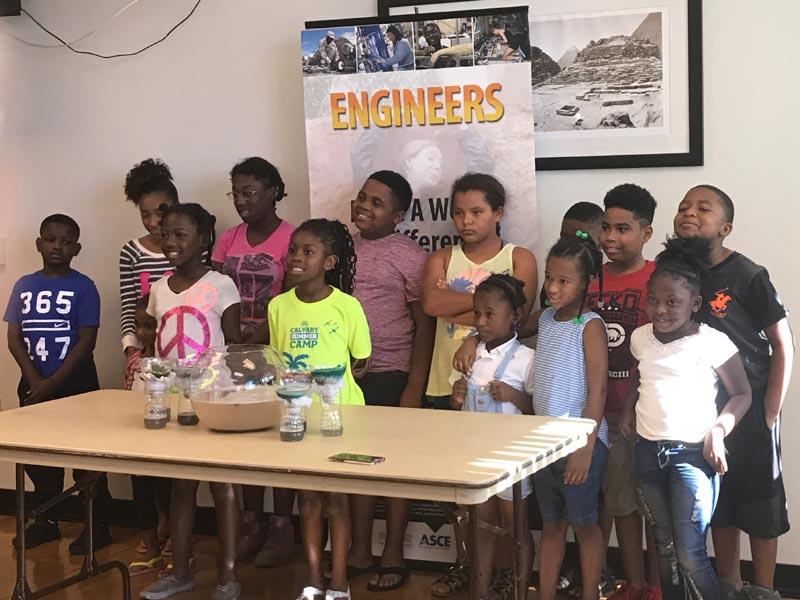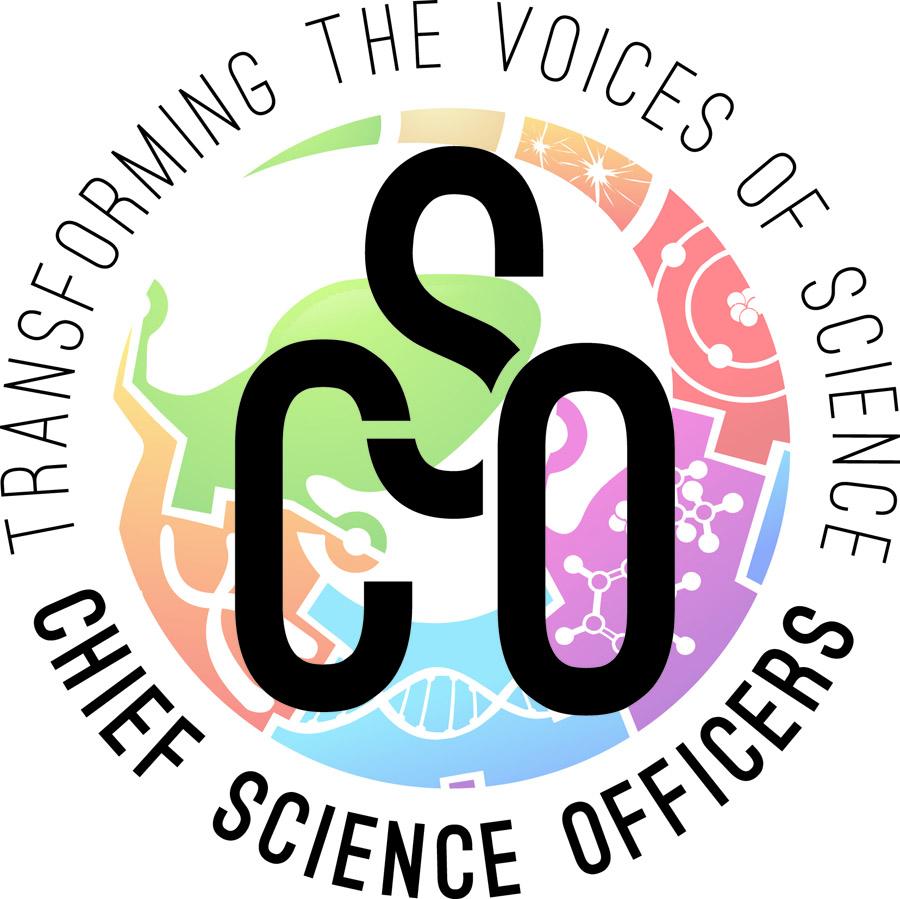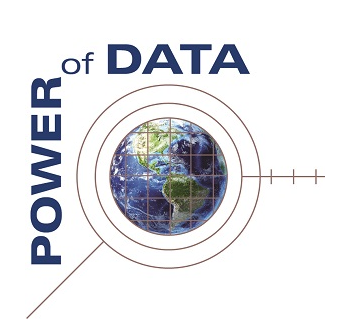Engaging Blind, Visually Impaired, and Sighted Students in STEM with Storytelling through Podcasts
This project will broaden participation in STEM for blind and visually impaired (BVI) and sighted upper elementary students through engagement with podcast technology. BVI individuals are significantly underrepresented in the STEM workforce. Research has shown that BVI students face many obstacles in pursuing education pathways to STEM fields, beginning in early education. These obstacles include negative attitudes of both students and teachers regarding the ability for BVI persons to engage in STEM careers, and the lack of BVI-accessible STEM resources in classrooms.


